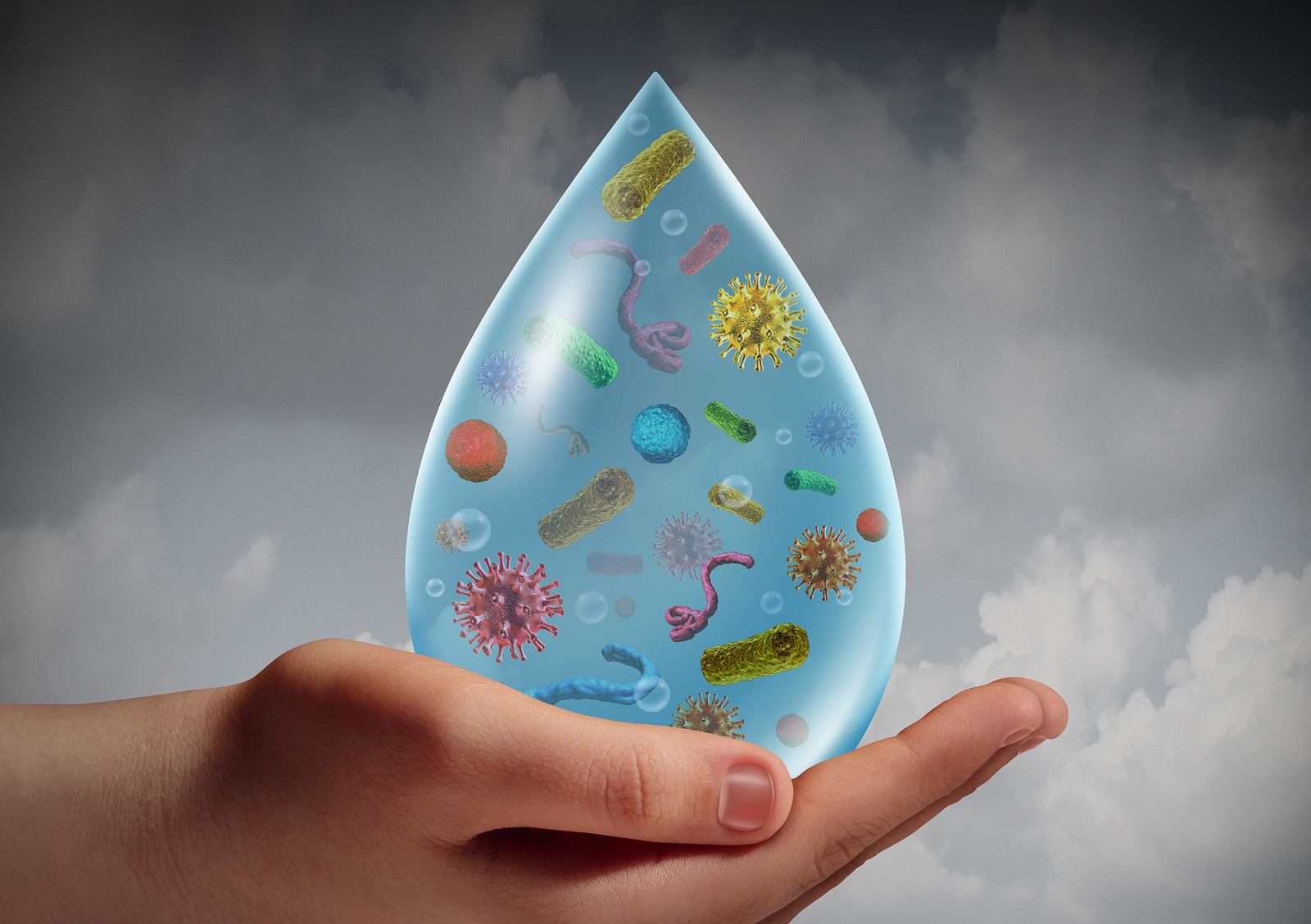
The human body is one of the most complex and nuanced organisms on the planet. Our entire existence and consciousness depends on a constantly changing interplay between us and our environment. Everything we put into and onto our bodies affects our body; and sometimes even miniscule amounts of a contaminant can have a dramatic effect on our health, longevity, and happiness.
Water comes second only to air on the list of critically important requirements of life. Every drop of water that we ingest is processed through our bodies where it can either help or hurt us. It is crucial to consume water that is as safe and beneficial as possible. In ancient times, humans used their senses to observe the odor, color and cloudiness of water before ever attempting to drink it, knowing that clean, clear water would refresh and hydrate them. Over time, scientific innovation produced testing methods to identify various inorganic and organic contaminants in water. As good as current testing technology is, we are still significantly “behind the curve” when it comes to identifying the true nature of contaminants that can exist in water. We are only now seeing the “tip of the iceberg”.
Emerging contaminants are not new, they have been in our water for a long time, and we only now have the equipment and methods for detecting these low levels of contaminants in water. The United States Geological Survey (USGS) provides a useful definition of Emerging Contaminants as “any synthetic or naturally occurring chemical or any microorganism that is not commonly monitored in the environment but has the potential to enter the environment and cause known or suspected adverse ecological and/or human health effects. In some cases, release of emerging chemical or microbial contaminants to the environment has likely occurred for a long time, but may not have been recognized until new detection methods were developed. In other cases, synthesis of new chemicals or changes in use and disposal of existing chemicals can create new sources of emerging contaminants.”
More than 7 million recognized chemicals are in existence, and approximately 80,000 of them are in common use worldwide; the EPA and FDA have no idea exactly how many specific compounds are used in consumer goods, nor what specific combinations are used in each product. In the 21st century, it is safe to say that all water everywhere is “contaminated” with some kind of man-made chemical at some level.
Evidence that several natural and synthetic compounds can cause endocrine disruption has existed since the early 1930’s. The issue gained significant public awareness in the 1950s and 1960s, with the discovery that DDT, a widely used and declaredly “safe” pesticide, had significant endocrine disrupting properties. Towards the end of the 20th century, evidence began to accumulate that chemicals such as pesticides, surfactants (used in detergents) and synthetic birth control drugs were causing skewed sex ratios, reproductive disorders, and population declines in frogs, alligators and fish. There is little peer-reviewed data to indicate the same relationship in humans. The threat however is real, and endocrine disruption continues to be one of the largest fears related to many emerging contaminants.
Some researchers have suggested that Antibiotics and Antimicrobials can pose a serious threat to human health by enhancing the antibiotic resistance of disease-causing microorganisms due to their (over)use in products such as soaps, mouthwash, toothpaste, and of course the ubiquitous “hand sanitizer”.
Another Category of concern is pathogens. Some of these infectious agents can survive and even thrive after water treatment and can reproduce in downstream piping systems. The most concerning at the moment are Naegleria fowleria (it eats your brain), Legionella pneumophila (It kills you though your lungs), Helicobacter pylori (Stomach cancer and ulcers), and Adenovirus that causes flu-like systems and gastrointestinal distress.
While this might be scary to some, or a simple consequence of “better living through chemistry” to others, we owe it to ourselves to learn more about the types of contaminants that we will see more of in the media and be asked to address by our clients.

If you consider the list above, you are virtually guaranteed to encounter a contaminant of (emerging) concern at some point, since most are substances that we use every day for all kinds of beneficial purposes, which get flushed, washed, used, or otherwise discarded and end up in water and soil. Some are even parts of the containers, fixtures, piping materials, or even filter housings that we use in bringing cleaner water to our clients.
The true nature of the effects of these contaminants on our health is largely unknown, since some of them are so difficult to test for, and there are many interfering factors. Since multiple, continuous sources of exposure to these contaminants exist in the environment, it will continue to be very difficult to define true causal relationships, so the safest path is to avoid ingestion, especially through drinking water.
Addressing these contaminants is particularly concerning, since testing is time-consuming and expensive, other contaminants can interfere with treatment processes, and these contaminants are quite robust. Currently, Advanced Oxidation processes, Membrane separations, and Activated Carbon Adsorption hold the most promise in cost-effectively addressing these threats.
As technology moves forward our knowledge an understanding will continue to expand. We need to take a cautious, measured approach while keeping the health, safety and peace of mind of our clients at the forefront of what we do.








